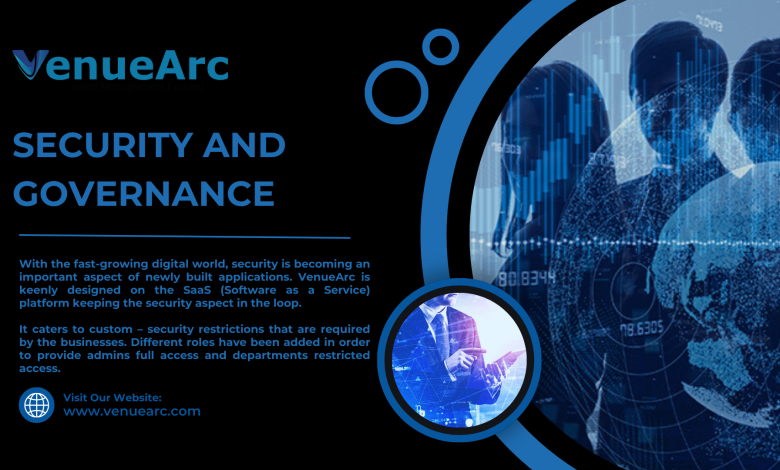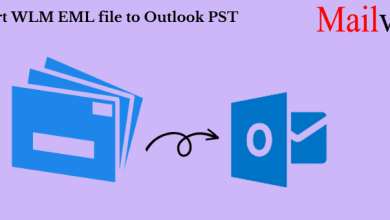Security and Governance: Safeguarding the Digital Frontier

Introduction
In today’s digital age, the interconnected and data-driven world poses numerous security challenges for businesses and organizations. The rapid evolution of technology has introduced new threats and vulnerabilities, necessitating robust security measures frameworks. This article delves into the critical importance of security and governance, their interplay, and how they are essential for safeguarding sensitive data, protecting organizational assets, and ensuring compliance with regulations.
The Significance of Security
Data Protection: Security measures safeguard an organization’s sensitive data, protecting it from breaches, leaks, and unauthorized access. Data is one of the most valuable assets for any organization.
Customer Trust: Strong security measures foster trust among customers and clients. Knowing that their data is protect encourages users to engage with a business or service.
Operational Continuity: Effective security practices ensure business continuity by safeguarding critical infrastructure and applications from threats that can disrupt operations.
Reputation: Security breaches can have long-lasting, damaging effects on an organization’s reputation. Implementing robust security measures helps maintain a positive image.
Regulatory Compliance: Many industries are subject to regulations and compliance requirements that mandate certain security standards. Failing to meet these standards can result in legal consequences.
The Role of Governance
Regulatory Adherence: Governance frameworks provide a structured approach to ensuring compliance with relevant laws, regulations, and industry standards. This is crucial for avoiding legal issues and penalties.
Risk Management: Governance helps organizations identify, assess, and manage risks effectively. By implementing policies and procedures, businesses can minimize vulnerabilities.
Decision-Making: Governance structures enable informed, data-driven decision-making. Well-governed organizations are better equip to make strategic choices.
Accountability: Clear lines of responsibility and accountability are establish through governance, promoting transparency and ethical behavior within the organization.
Stakeholder Engagement: Governance fosters meaningful engagement with stakeholders, helping build trust and consensus within the organization.
The Intersection of Security and Governance
Risk Assessment: Governance frameworks typically involve risk assessments to identify vulnerabilities and threats.
Incident Response Plans: Governance frameworks include incident response plans, specifying how security incidents should be handled, report, and mitigated.
Training and Awareness: Security and governance initiatives often incorporate employee training and awareness programs. Educated employees are better equipped to follow security protocol.
The Changing Landscape of Security and Governance
Cyber security Threats: The rapid proliferation of cyber threats, including ransomware, phishing, and data breaches, requires organizations to continually update their security measures.
Remote Work Environments: The rise of remote work has introduced new challenges for security and governance, as organizations must secure remote networks and devices.
Supply Chain Risks: Organizations must consider supply chain risks, as third-party vendors and partners can introduce vulnerabilities if not properly vetted.
Best Practices for Integrating Security and Governance
Continuous Training: Invest in ongoing training for employees to ensure they are aware of security policies and governance standards.
Vendor Assessment: Develop a thorough process for assessing third-party vendors and partners, ensuring they meet your security & governance requirements.
Incident Response Testing: Regularly test incident response plans to ensure they are effective in mitigating and recovering from security incidents.
Must Read: What leads to sleep disorder caused by shift work? the signs and remedies
Challenges in Security & Governance
Complexity: The constantly evolving landscape of technology and regulations can make it challenging to keep security & governance measures up to date.
Resource Limitations: Smaller organizations may struggle to allocate sufficient resources to maintain robust security & governance frameworks.
Lack of Expertise: Finding and retaining skilled professionals in the fields of cybersecurity & governance can be a significant challenge.
The Future of Security and Governance
Artificial Intelligence (AI) and Machine Learning: AI and machine learning will play a more significant role in automating security processes and identifying threats.
Zero Trust Security: The Zero Trust model, which trusts no one and verifies everyone, will become more prevalent in security practices.
Regulatory Expansion: Privacy and data protection regulations will continue to expand, leading to stricter governance requirements.
Environmental, Social, and Governance (ESG): ESG considerations will become more integral to governance frameworks, addressing issues related to sustainability and social responsibility.
Conclusion
The integration of security and governance is essential for safeguarding organizations against evolving threats and ensuring compliance with regulations. In a world marked by rapid technological advancements and increasing interconnectedness, the ability to secure sensitive data and establish robust governance frameworks is paramount. As security and governance continue to evolve, organization that prioritize these area will be better equipped to navigate the digital frontier and thrive in the face of complex challenge.
Must Read: The Most Popular Technology Gadgets: A Glimpse into the Future



